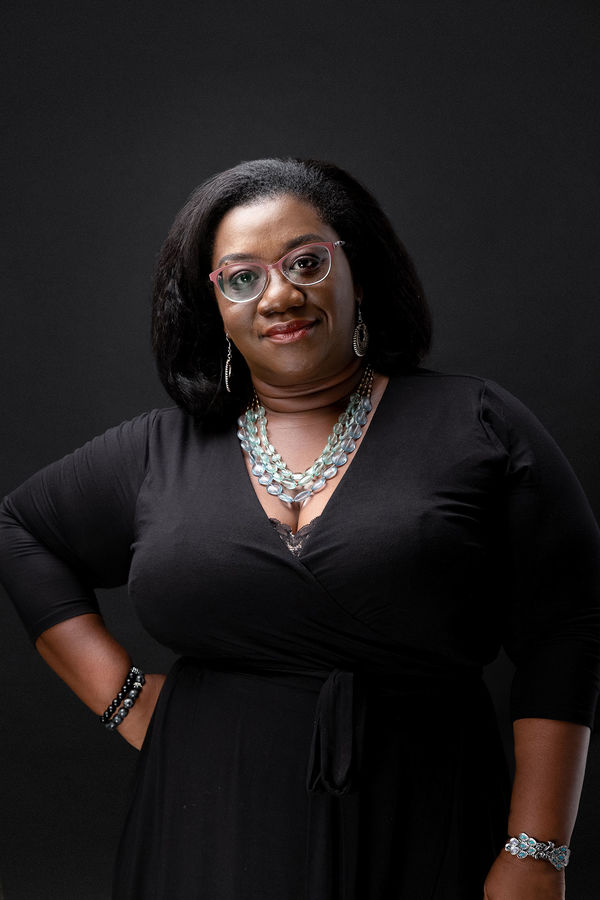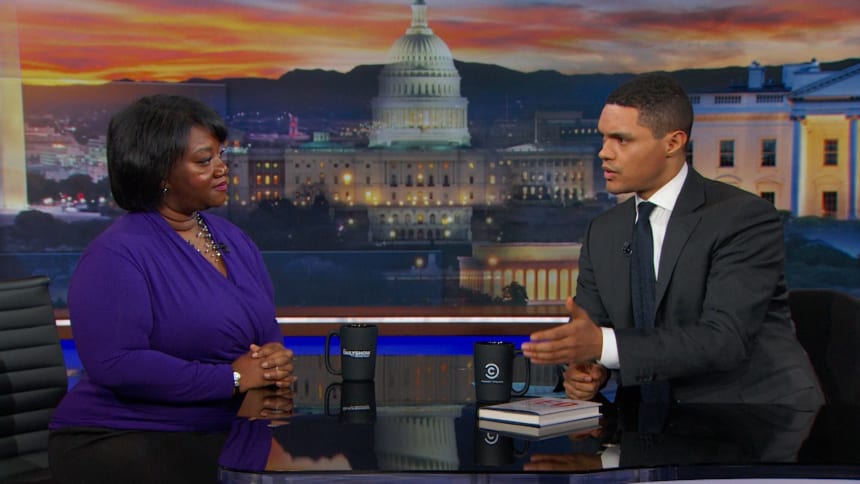



Yet, it doesn’t take long for the reader to see how the site of the self is just as contested a space as any other for Black women. Having been born “pigeon-toed” and “bow-legged” (two things the author describes as collectively not cute), Cottom has had to constantly “fix her feet.” Sparingly assigned authority over other sites of knowledge, she argues that the only authority freely ceded to Black women is over the self. Her point of departure originates at the site of her body and its import on how she is able to navigate the world. Hers is a discussion of color(ism), size, gender and (dis)ability. In this first essay, she situates herself at the intersections of academia, popular culture, and Black womanhood to depict the repercussions of her thickness: “when I would not or could not shrink people made sure I knew I had erred.” Cottom begins her matter-of-fact prose with the implications of her theoretical and literal frame. The titular first essay in the collection of writings introduces us to Cottom, her background, and the motivations for her writings. Focusing on the contemporary issues of the day, Cottom reveals how the stories that Black women tell about themselves can never get old (and perhaps never should get old considering how often whiteness refers to itself, even if predictably) considering the myriad of experiences we have and the various ways, as Cottom puts it, our social locations impact how we are able to navigate society. Cottom’s work means to grant Black women permission to “do what they are already doing but for better rewards.” Her collection resembles the non-fictional narrative work of Audre Lorde’s Sister Outsider (1984) for how it catalogs various themes of the Black experience. Without being pompous, Cottom is unapologetic in a way that frees both her and the reader to accept what it means for Black women to both be a problem and cause problems. A social scientist herself, Tressie McMillan Cottom turns her theoretical lens inward to discuss the interiority of American life as a ‘thick’ Black woman. More than a double entendre, Thick: And Other Essays is a rigorous analysis of Black womanhood that utilizes the auto-ethnographic technique well-practiced by women of color long before Clifford Geertz (1973) endorsed in-depth, descriptive writing.


 0 kommentar(er)
0 kommentar(er)
